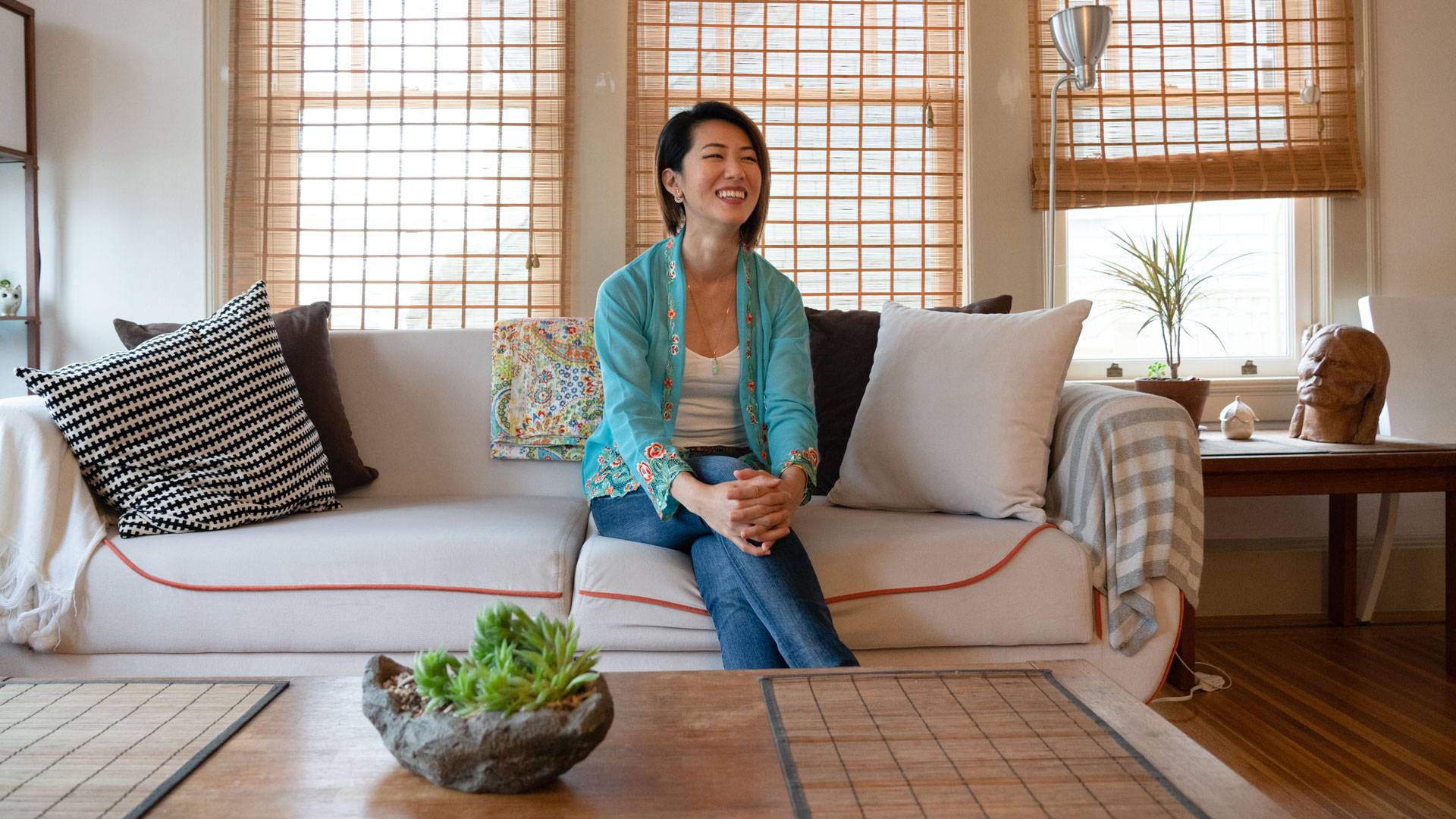Tracy Goh is on a mission to start a Malaysian food movement in San Francisco.
How Tracy Goh Built a Malaysian Food Business from Scratch
Her goals weren’t always so lofty, but she credits her 2012 move from Melbourne to San Francisco—and a lot of luck—with setting her on the path toward running a food business. When she moved, Goh was a casual Instagram foodie with a background in digital marketing, posting pictures of homemade Malaysian dishes for a small number of followers and playing around with filter effects.
Gramming images of dishes like sago gula melaka (a cold tapioca pudding), steaming bowls of laksa (noodle soup) and nasi lemak (a one-plate meal), Goh introduced her non-Malaysian followers—at least visually—to the specialties of her country. When the mouth-watering pictures were just too tantalizing, someone offered to pay Goh to cook for them.
“I reluctantly invited the first four or five people to a one-bedroom,” she remembers. “From four it became six, which became ten, and at one point I had like sixteen people stuffed into my living room.”
She figured out the economics of cooking for strangers as she went along. “I had no idea,” she says. “I was undercharging, underpaying myself. I didn’t think about labor, I just charged for the ingredients.” In those early days, one of her five-course meals would cost a guest a very low $45. “Why did I do that?” she laughs.
Now, after seven years and near-weekly pop-ups in venues all over town, Goh aims for a profit margin of 30 to 40 percent. On average, her meals cost diners about $65 per person. Most recently, tickets for a prix fixe family-style pop-up on Dec. 1 (featuring her signature laksa and a chili Dungeness crab) sold out so quickly Goh secured a second seating at the Mission District host restaurant Tselogs.
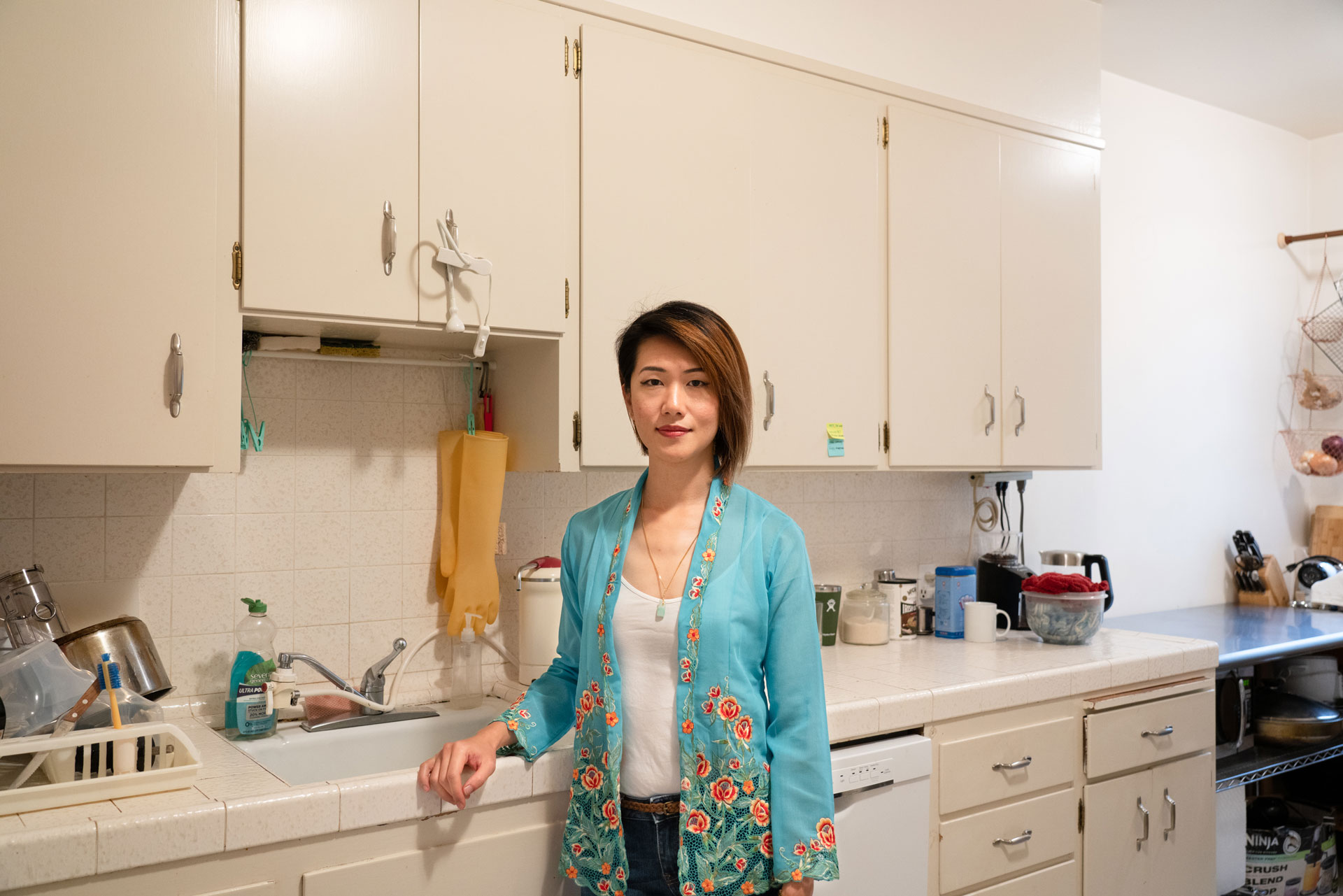
She maintains that profit margin with principled frugality. She lives with her partner in a rent-control apartment in San Francisco’s Sea Cliff neighborhood, paying $1,800 per month for her share of rent and utilities. Food photography happens in the large kitchen; the living room couch is her office. She walks most places, sometimes lugging around 50 pounds of cooking supplies and produce in a backpack and two grocery bags. When she can’t carry everything, she takes an Uber; she estimates she spends about $60 per meal on car trips.
But she doesn’t skimp where it matters. She sets aside $600–800 a year to fly home and visit her parents—trips that often double as ingredients research. Goh also believes in paying her workers fairly. “I don’t feel right paying anyone less than $18 an hour,” she says. “Because I live here too, you know. And I cannot give them a full time job or benefits.” (Her own health insurance costs $370 a month.) She pays her cook and front-of-house staff $20 an hour. “And because it’s prepaid and ticketed,” she explains, “customers don’t tip most of the time. So I tip out of pocket.”
Sometimes she and her chef friends trade favors, working each others’ events for free. She’s collaborated on multiple occasions with her friend Siska Silitonga of ChiliCali, pairing Malaysian and Indonesian dishes side by side so diners could sample the differences between the two cultures’ flavors.
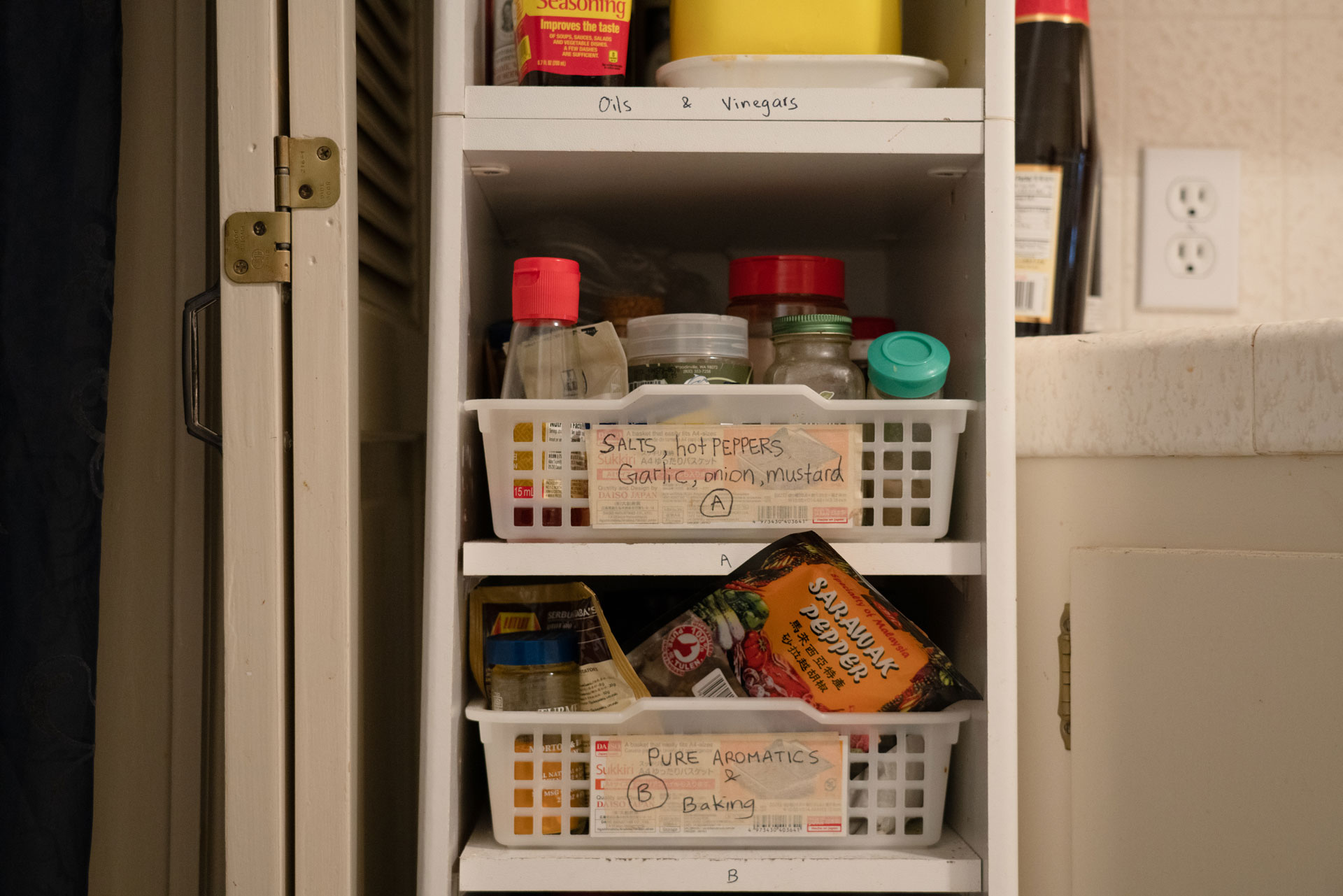
Goh says her such friends are also a great resource when it comes to learning about and negotiating the local food world, often introducing each other to amenable pop-up venues. “My friends and I are mostly not traditional trained chefs,” she says of their support system. “We’re just entrepreneurs who have a vision and usually we’re all immigrants. So it’s a different kind of dynamic compared to restaurant chefs, who are probably more competitive.”
Host restaurants typically charge either an hourly fee ($60–$100 per hour, often with a minimum of four hours) or take a percentage of the night’s earnings (14–40 percent), with an additional $150–$180 for administrative and cleaning fees on top of that. Every deal is different, Goh says, and over the years she’s definitely found herself in both poorly equipped kitchens and operating under rental rates that meant she could only break even.
“Even when I’m not making money I have to keep doing pop-ups,” Goh explains. “Because if I disappear, people go elsewhere.”
In November 2017, she narrowed the focus of her pop-ups by launching the Laksa Project, a series of communal dining events centered around a variety of Malaysian noodle bowls. By specializing in one dish, she could better recycle surplus ingredients and manage her overhead. The project reached its stated goal—of serving 1,000 bowls of laksa in one year—in late October 2018.
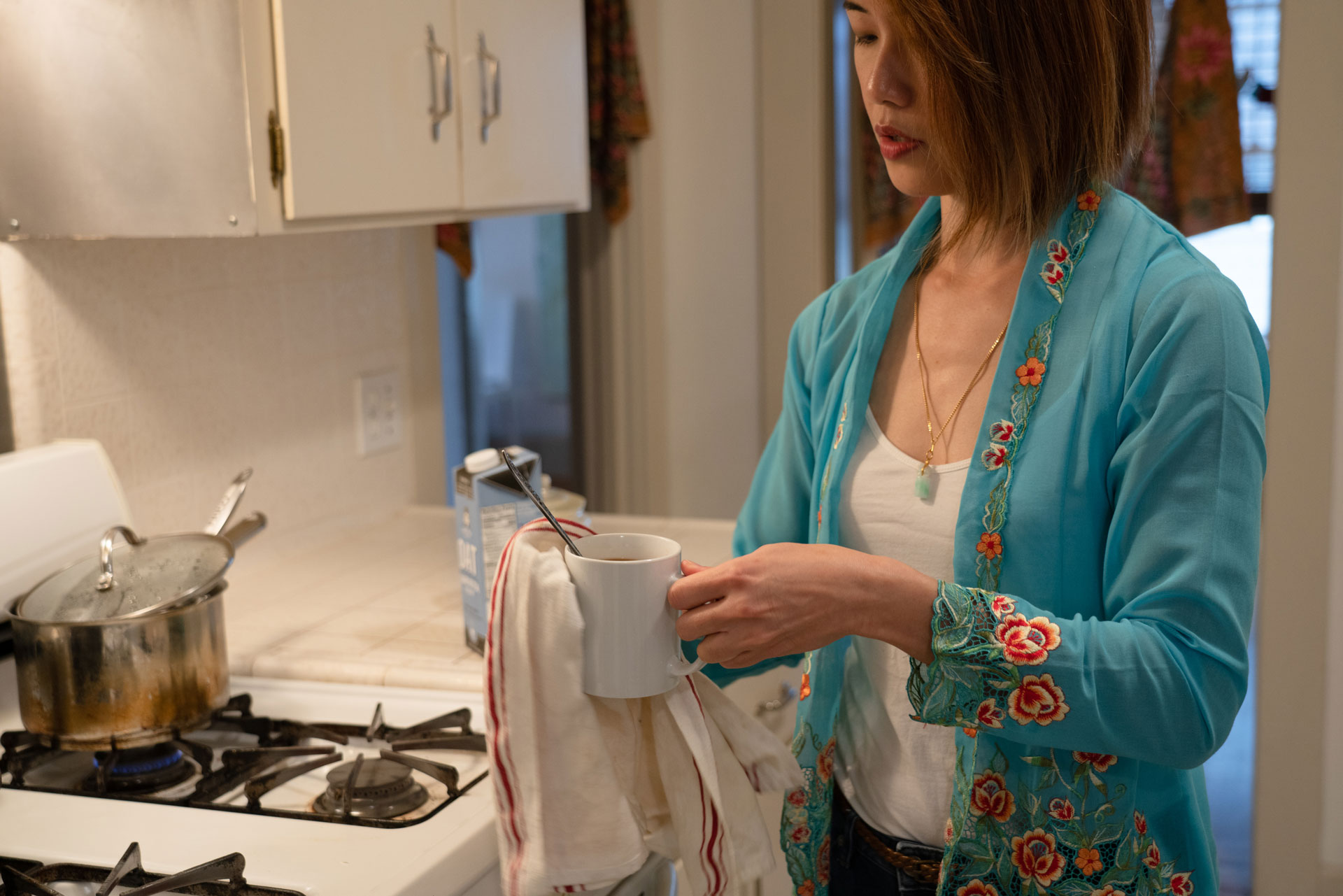
Expanding her audience with the Laksa Project was also about educating them specifically about Malaysian food. “Many Americans don’t even know to ask for Malaysian food, let alone laksa, so I had to come up with a campaign so they would have this term in their vocabulary,” she says. “The ramen trend is so in right now and people know a similar Burmese soup called mohinga. And if they like that, I thought, why not laksa?”
In March, Goh joined La Cocina’s incubator program for women, immigrants and people of color launching food businesses. The application process is competitive; participants also have to qualify as either low-income or very low-income in order to be eligible for La Cocina’s technical assistance and affordable kitchen space.
For Goh, La Cocina is an opportunity to scale up and take an important next step: establishing a brick-and-mortar restaurant. She even has the name picked out—Damansara, after the Kuala Lampur township where she grew up. She raised just over $47,000 in Kickstarter campaign this year, but after fees and reward fulfillments, that’s only about 10 percent of what she’ll really need to secure a 1,000 square-foot restaurant in San Francisco.
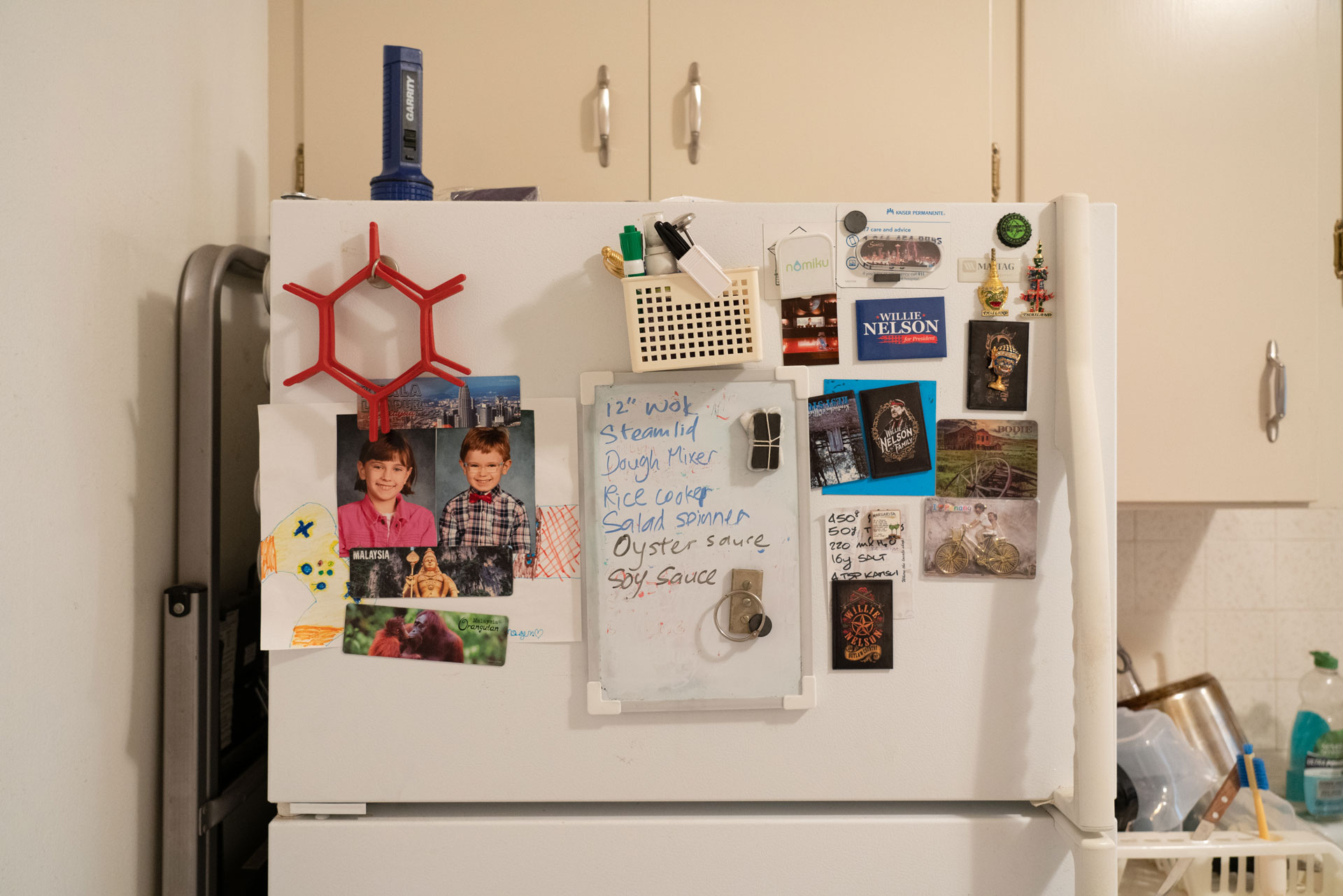
“I thought I would be open by now,” she says of her ongoing search for a suitable, affordable space. “Now I’m looking at possibly summer 2020.”
Until then, pop-ups have their limitations, she explains. You’re always in someone else’s kitchen, constantly moving supplies between one location and another, and people have to make a concerted effort to seek you out. It’s inefficient. When she has a restaurant, Goh says, she can approach farmers about growing the ingredients she needs to make her dishes.
And though a handful of other Malaysian restaurants exist around the Bay Area, Goh thinks she has the social media background and business savvy to give Malaysian food a voice. Simply put: “I need to have a brick and mortar if I want to start a Malaysian food movement,” she says.
